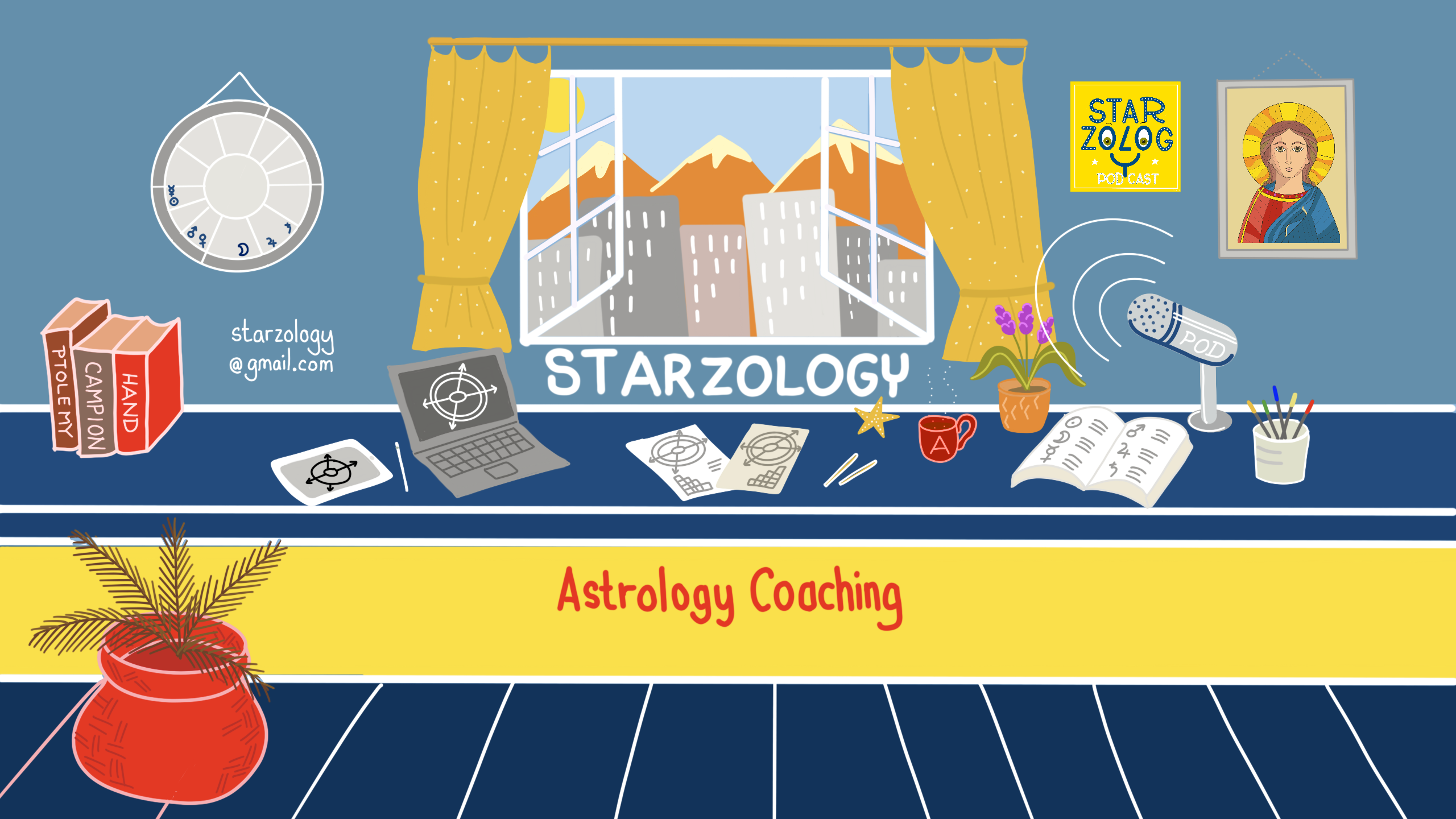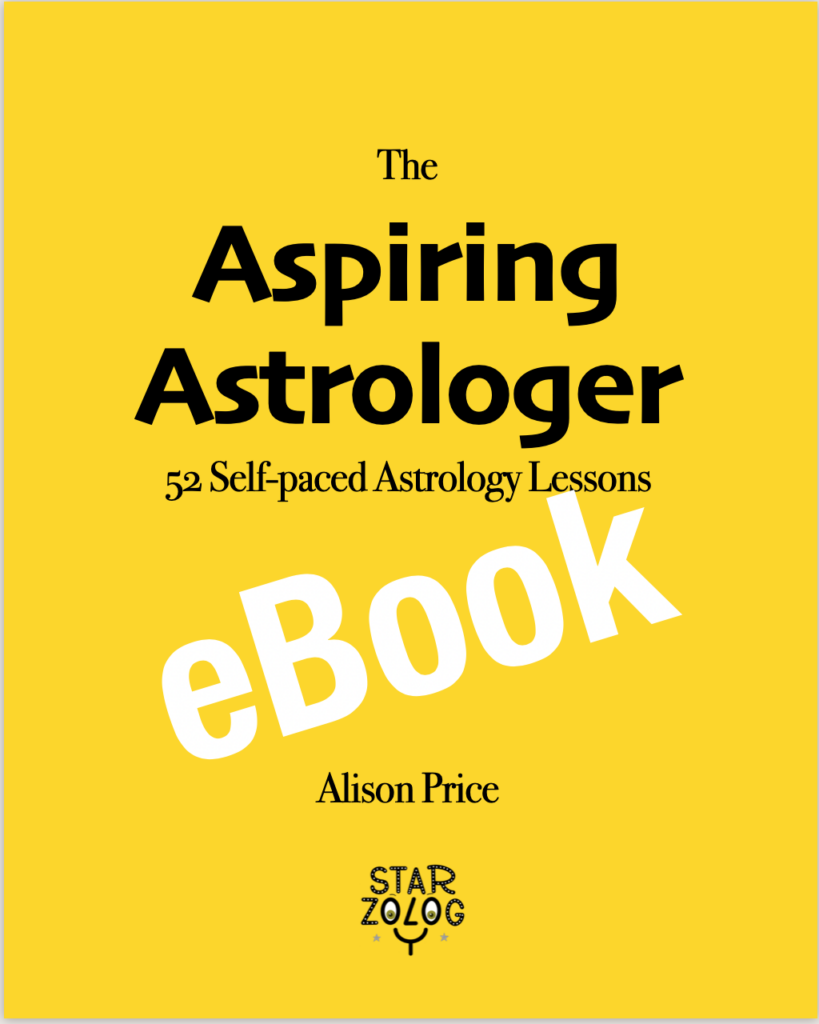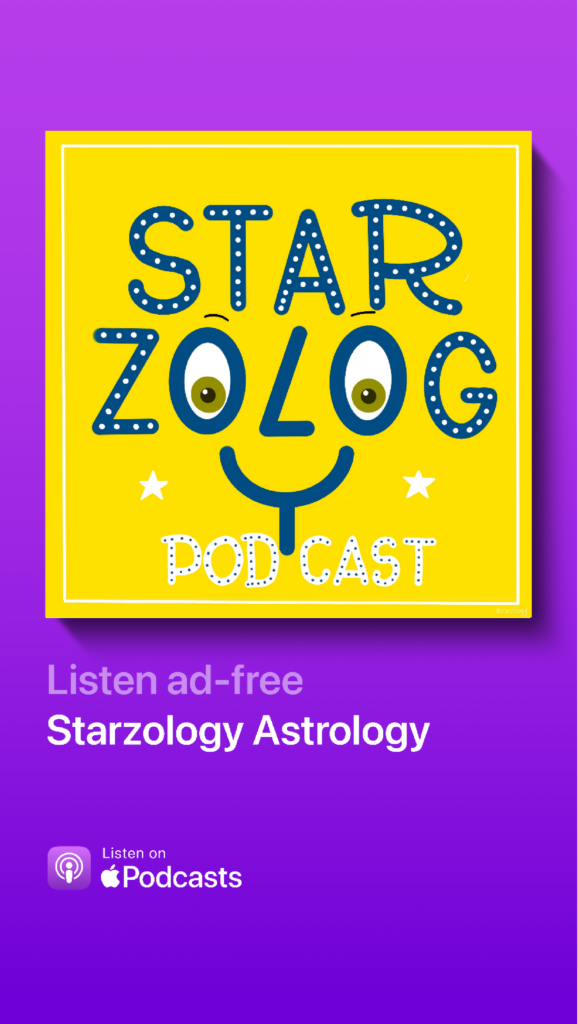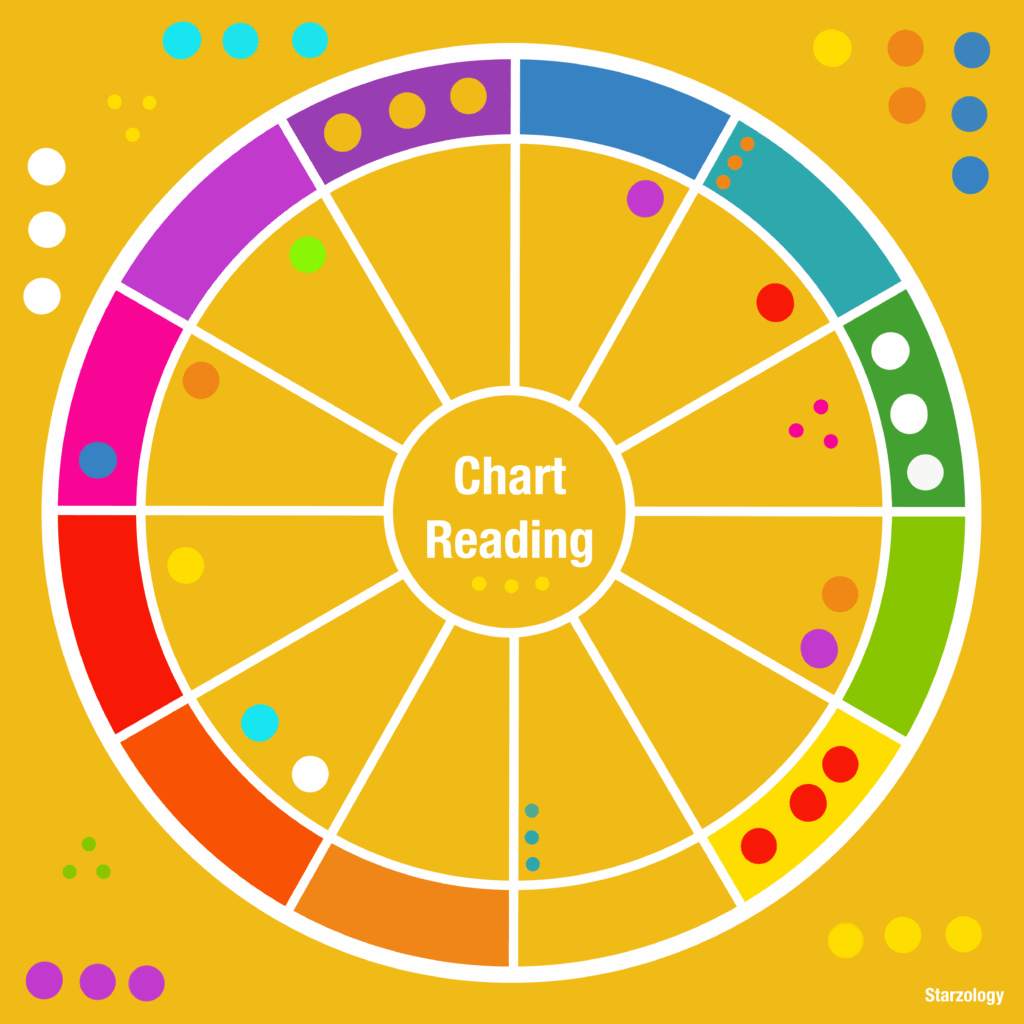In astrology, as SATURN transits ARIES from 2025 to 2028 we will see major shifts in personal dn public influence. Make sure you align with this developing energy.

Solar Return: Sun House Pattern
Author: Alison Price – Published: December 2024
Solar Return Sun House Pattern
Many of you as astrologers, will be doing predictions and using the direct forecasting technique of solar returns. I’m not going to go into the ins and outs of solar return chart per se, because I’m sure you know how to do that already. However, I do want to discuss how the pattern shift of the solar return Sun unfolds overtime and how it is in a different type of house each year.
Example Chart
I’ll be using the chart of Taylor Swift as my example throughout. Birth data: 5:17am, December 13th, 1989, Reading, PA, USA. Rodden AA.

Solar Return Sun House Pattern
Solar Return Chart
Let me explain the annual motion of the Solar Return Sun through the houses. The Solar Return is a yearly chart cast for the exact moment when the Sun returns to its natal position.
Due to the difference between the solar year (365.25 days) and calendar year (365 days), this moment shifts approximately 6 hours later each year. This 6-hour shift has a significant impact on house placements because the houses are based on the Earth’s daily rotation. In 6 hours, the Earth rotates about 90 degrees (roughly one-quarter of a full 360° rotation). This means that the solar return Sun moves backwards through the houses by about 3 houses each year.
Movement
Same Place
This pattern will only repeat in sequence if you are in the same place on Earth for every solar return birthday. It will be perfect if you use equal houses and live on the equator, otherwise there is a slight warp to the pattern. And if you move from here to there for each birthday the pattern will not hold.
For Taylor Swift, as she has multiple homes around the world, I chose to use her birthplace for this example, although clearly, she would not necessarily be in Reading PA each year, this is an example. You can do this for your own chart as well. Cast the next 12 solar return charts and see how the Sun moves through the houses for each year.
Example Pattern
This list shows the Sun moving through the houses in Swift’s solar return chart for upcoming years. Also note the solar return Sun usually moves about one quarter of the chart backwards. This means that for any solar return chart which you cast, you can usually guess where in the chart the Sun will be in the subsequent year, without having to cast the actual chart.
2024, 6th House – cadent.
2025, 4th House – angular.
2026, 2nd House – succedent.
2027, 10th House– angular.
2028, 7th House – angular.
2029, 4th House – angular.
2030, 2nd House – succedent.
2031, 11th house – succedent.
2032, 7th House – angular.
2033, 4th House – angular.
2034, 2nd House – succedent.
2035, 3rd House – cadent.
2036, 7th House – angular.
2037, 5th House – succedent.
2038, 2nd House – succedent.
Missing Houses
In this list, please note that she does not have the solar return Sun in the 1st, 8th or 12th houses during this 14-year sample.
Pattern Sort-of
As we can see from this 14-year list sample of her solar return house positions, the movement is not exact.
But what is happening is that we have multiple years in succedent houses, then multiple years in angular houses, and then later, there will be multiple years in cadent houses.
This then shows overarching themes going on for years in her life.
2024
Solar Return for 2024 has the Sun in the 6th house.

2025
Solar Return for 2025 has the Sun in the 4th house.

2026
Solar Return for 2026 has the Sun in the 2nd house.

2027
Solar Return for 2027 has the Sun in the 1oth house.

2028
Solar Return for 2028 has the Sun in the 7th house.

2029
Solar Return for 2029 has the Sun in the 4th house.

2030
Solar Return for 2030 has the Sun in the 2nd house.

2031
Solar Return for 2031 has the Sun in the 11th house.

2032
Solar Return for 2032 has the Sun in the 7th house.

2033
Solar Return for 2033 has the Sun in the 4th house.

2034
Solar Return for 2034 has the Sun in the 2nd house.

2035
Solar Return for 2035 has the Sun in the 3rd house.

2036
Solar Return for 2036 has the Sun in the 7th house.

2037
Solar Return for 2037 has the Sun in the 5th house.

2038
Solar Return for 2038 has the Sun in the 2nd house.

Starzlife
Premium Astrology Newsletter
This piece originally appeared in our Starzlife premium astrology newsletter. As with every issue, subscribers received a complimentary PDF download related to this topic.
For those interested in receiving such in-depth articles directly upon release, we encourage you to join our Starzlife premium astrology newsletter.
Your subscription to Starzlife not only grants you access to exclusive content but also helps sustain our creative endeavors and operational costs.
⠀
Find out more about Starzlife here.
⠀
Author Bio
Alison Price: Professional Astrologer
Alison helps you uncover your individual creativity and lead a fulfilling life using your own astrology. She shares her wisdom from the heart with a touch of humor. She offers Consultations for everyone and Coaching for Aspiring Astrologers.
If you’d like to get in touch with Alison, you can reach out to her via email at starzology@gmail.com.
More Articles
If you enjoyed this post, you may like some more astrology related articles from our blog.

Mars in Leo
In astrology, the transit of the red planet MARS in LEO is always an exciting and highly charged time of the year.
No Results Found
The page you requested could not be found. Try refining your search, or use the navigation above to locate the post.











































